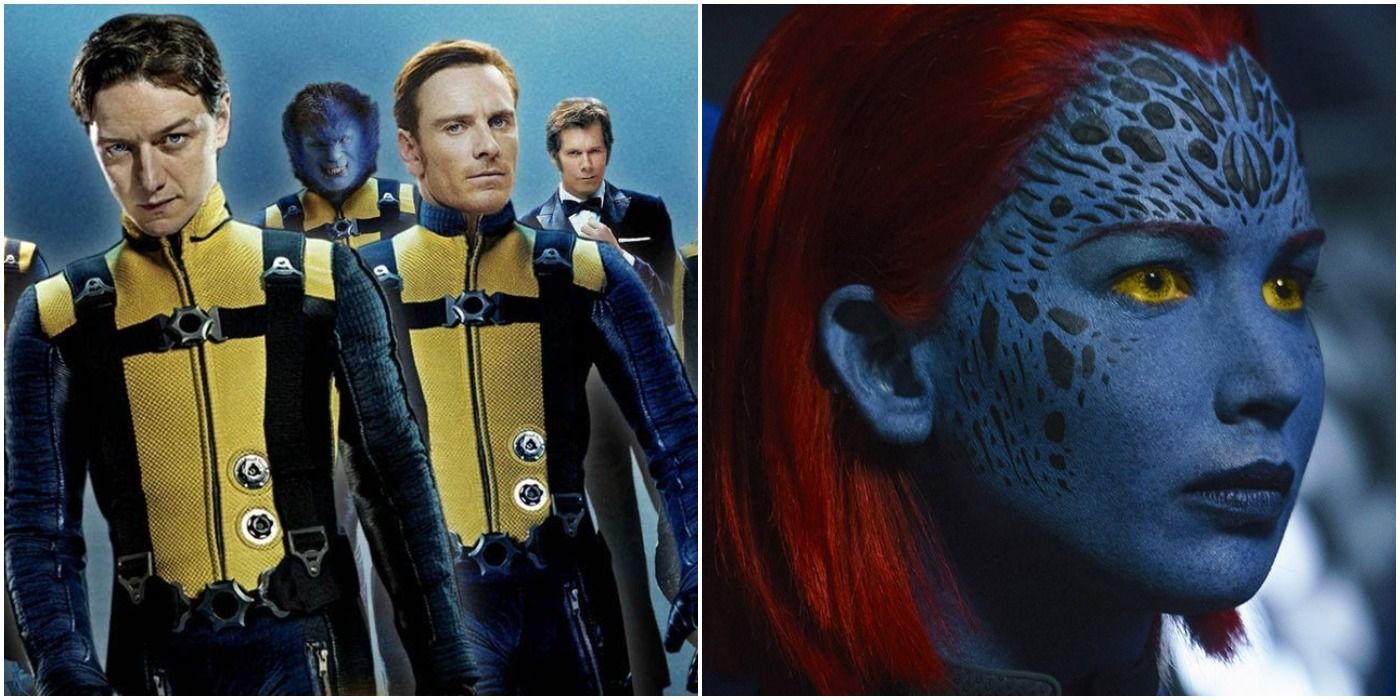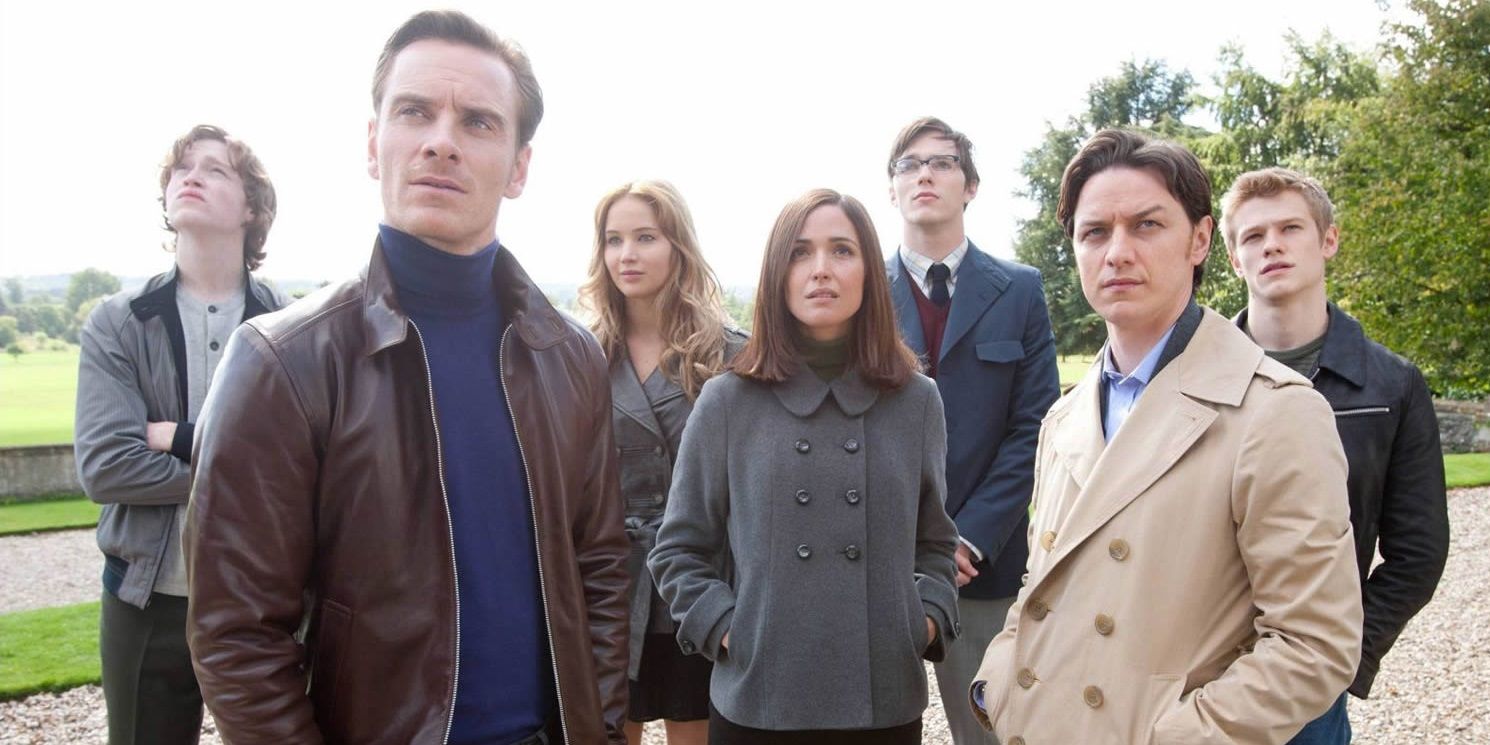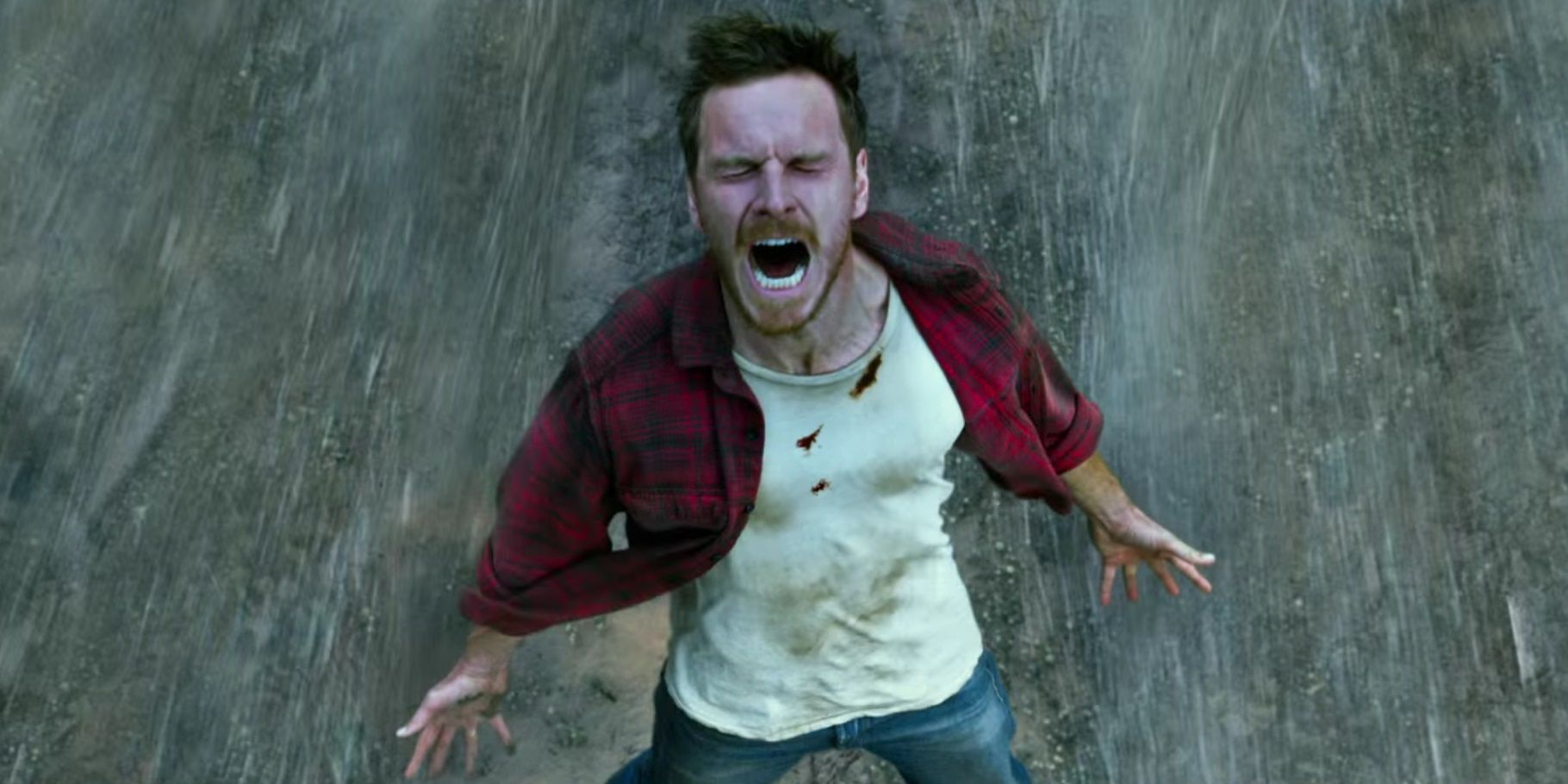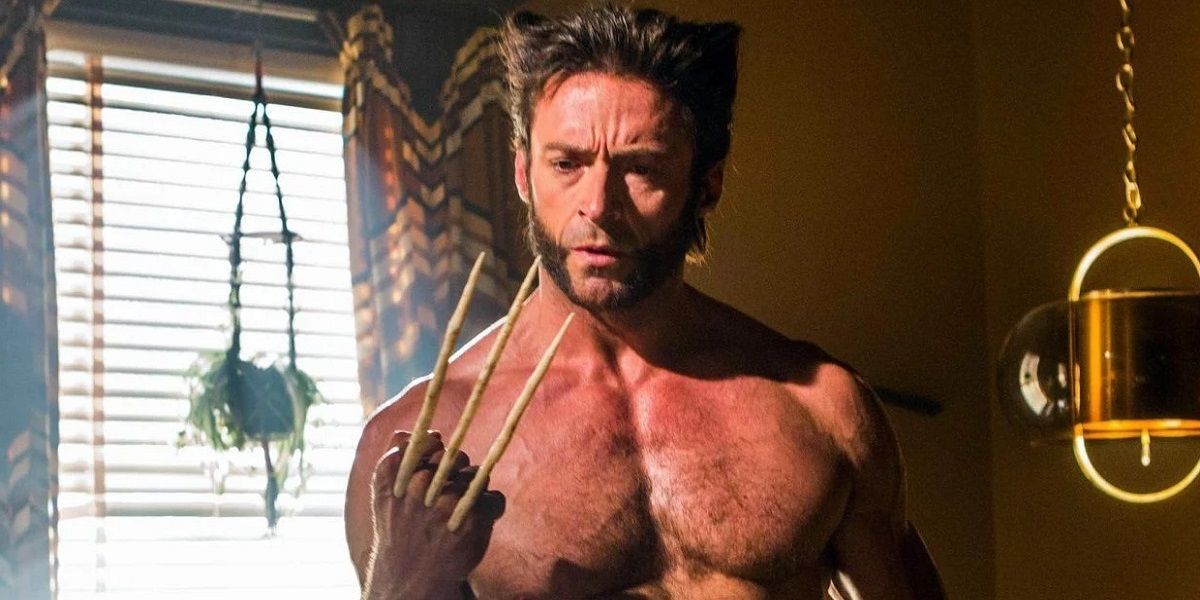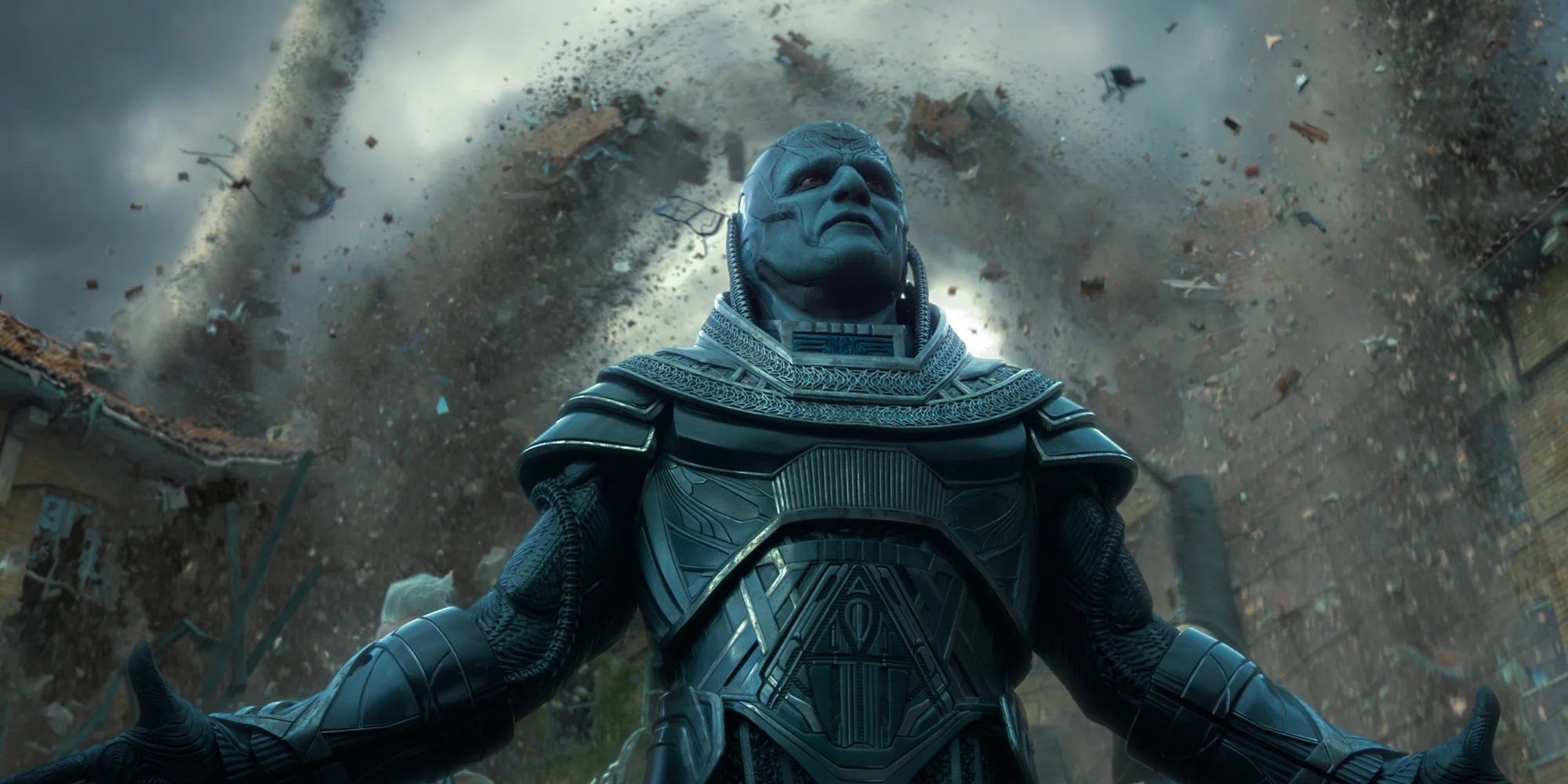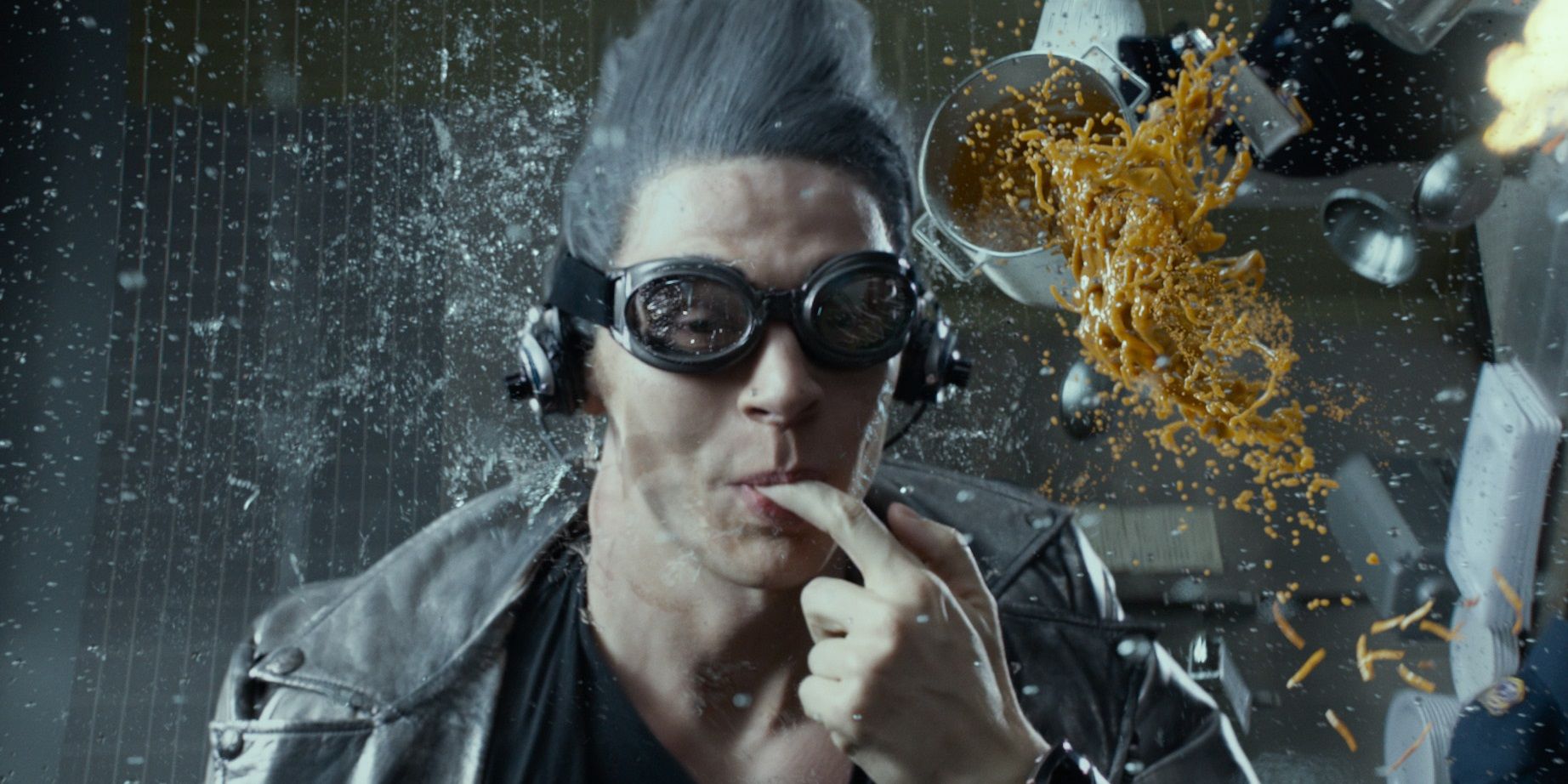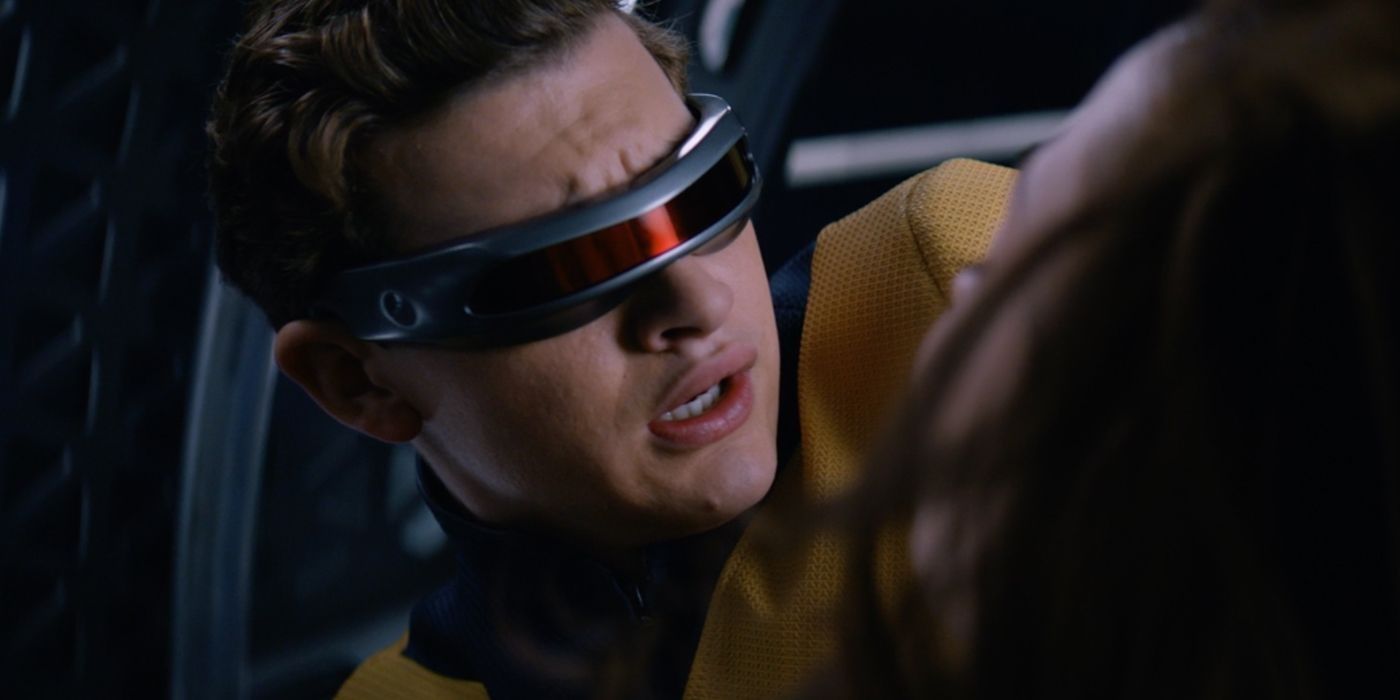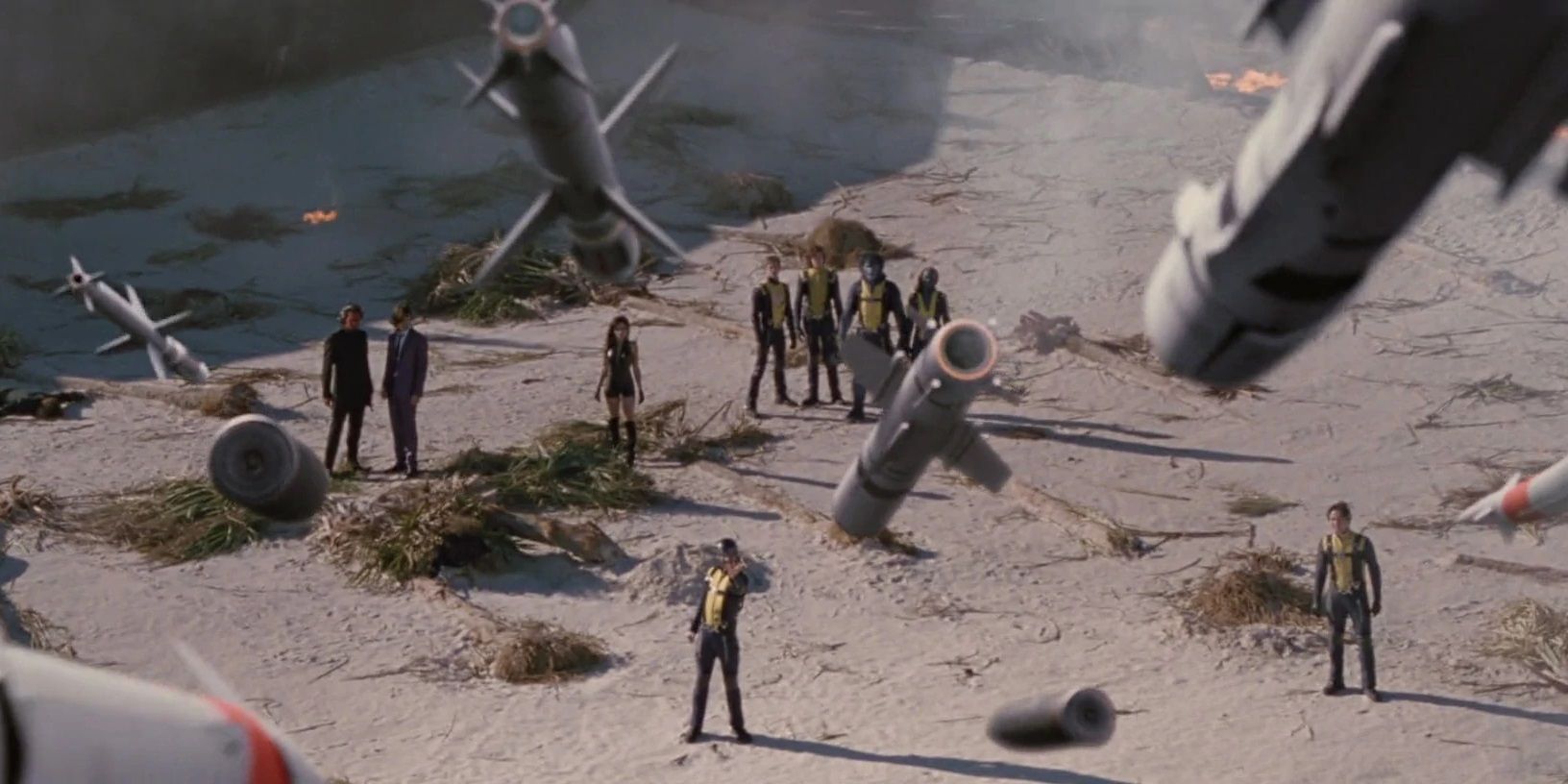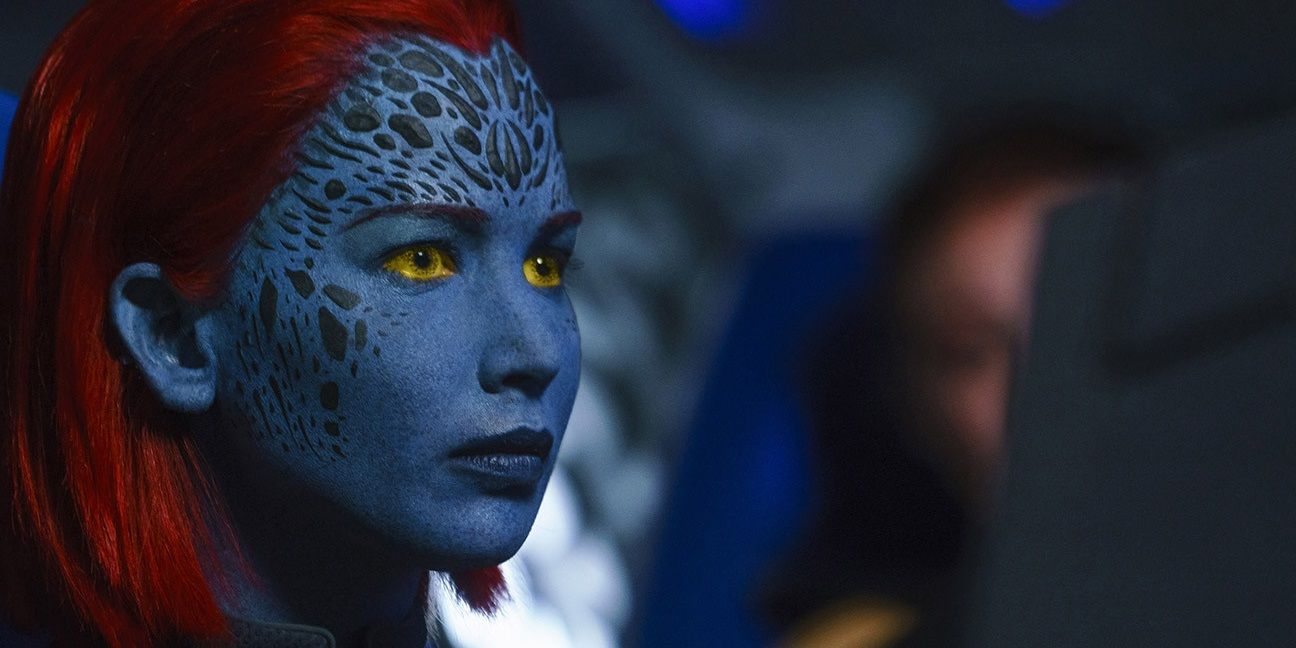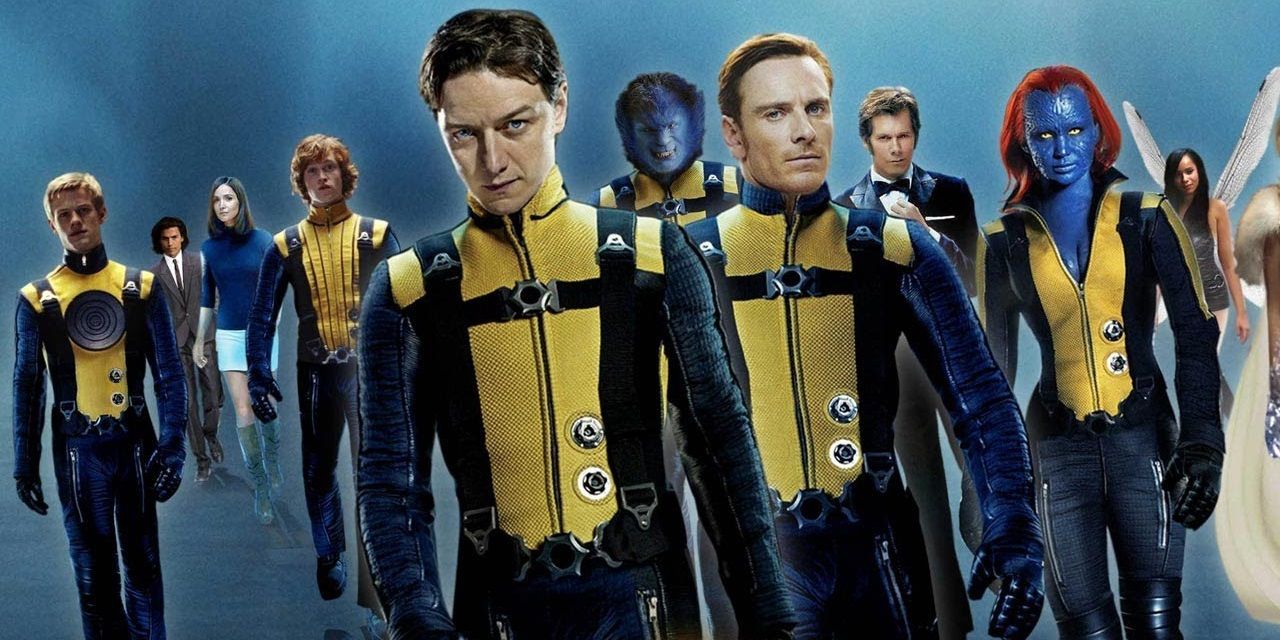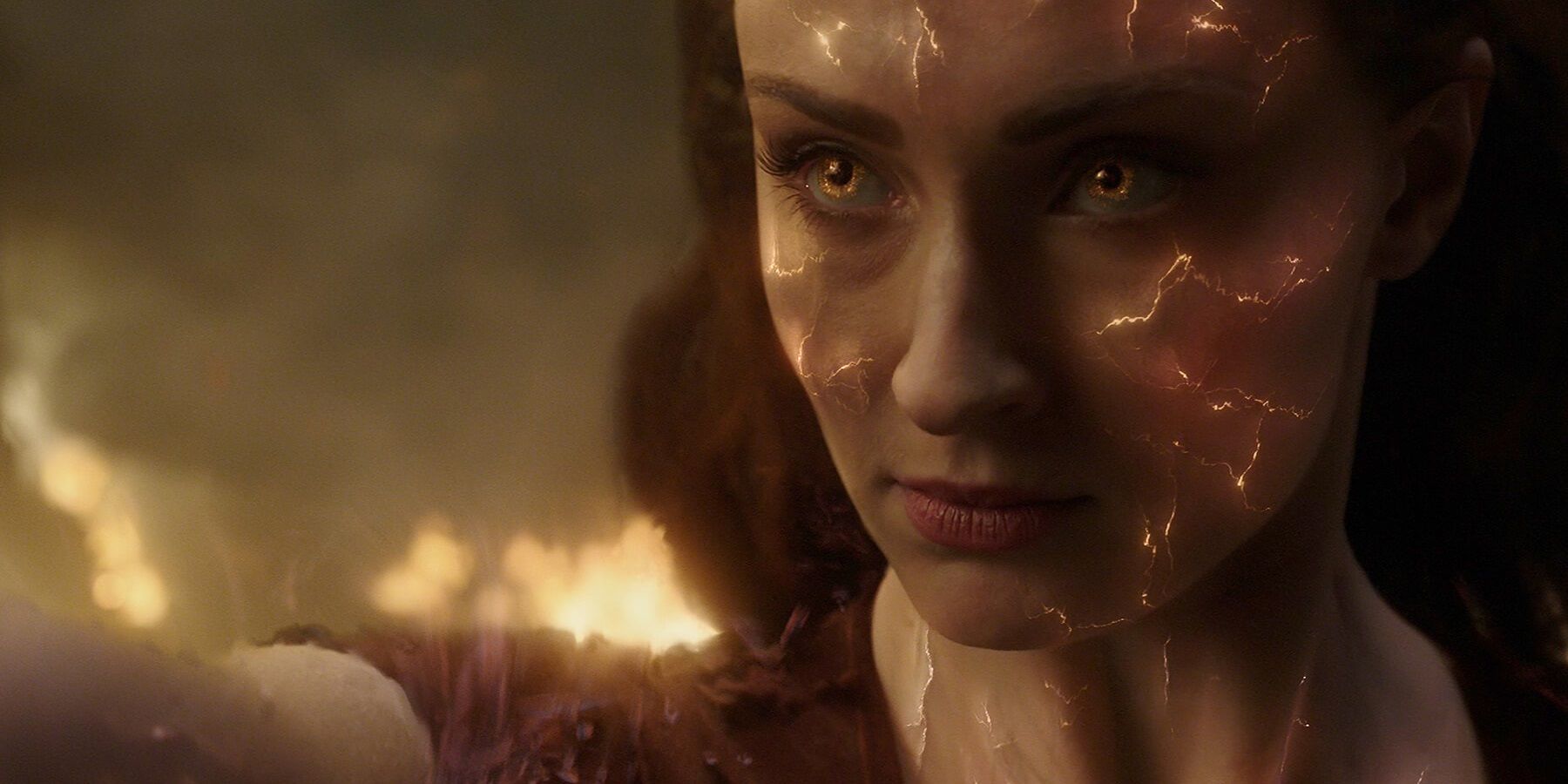After the disappointment of X-Men: The Last Stand, Fox executives needed a way to continue bringing Marvel’s profitable mutant characters to the big screen without reminding audiences of what a huge screw-up the last movie was. So, they hired Matthew Vaughn to do a soft reboot of the franchise with a ‘60s-set prequel, X-Men: First Class, starring younger versions of the characters.
These younger iterations of the X-Men returned in three more movies — Days of Future Past, Apocalypse, and Dark Phoenix – before the Disney merger put the franchise out of its misery. The prequel movies weren’t all abject failures, but there was little to love in them.
Right: Casting Some Of The Best Actors Working Today
While no one could replace such screen legends as Patrick Stewart, Ian McKellen, and Halle Berry, the actors who were cast to play the younger versions of the X-Men rank among the finest actors working today.
The talents of performers like James McAvoy, Michael Fassbender, and Jennifer Lawrence are practically unparalleled in the current roster of movie stars.
Wrong: Aimless Character Arcs
The character arcs in the X-Men prequels never had an ending in sight, which is strange, because the nature of prequels means that the ending is always in sight. But these movies had no plan to get their characters from point A to point B, kind of like the Star Wars sequel trilogy. The MCU’s perfectly executed character arcs have made audiences appreciate their importance.
For example, Magneto’s arc in these movies consisted of moping from one miserable situation to the next, unsure if he wanted to be a good guy or a bad guy, wasting Michael Fassbender’s acting prowess.
Right: Days Of Future Past’s Focus On Wolverine
While there are plenty of popular characters in the X-Men comics, none of them are more popular than Wolverine — especially Hugh Jackman’s iconic portrayal of the character.
Due to his agelessness, he was the perfect protagonist for the time travel plot of Days of Future Past. Logan was reduced to a cameo in First Class, so it was a joy to see him back in the spotlight in Days of Future Past.
Wrong: Wasting Iconic Villains
The X-Men have some of the most incredible villains in comic book history, from Mister Sinister to the Juggernaut, but apart from Magneto, who flitted between misunderstood antihero and one-note baddie in his bumbling character arc from First Class to Dark Phoenix, the prequel movies underwhelmed with their villains.
The virtually unlimited capabilities of Apocalypse, whom fans had waited for years to see in a movie, were reduced to silly powers like manipulating sand and changing TV channels.
Right: Quicksilver
Introduced in Days of Future Past, Evan Peters’ take on the Quicksilver character immediately became one of the most beloved superheroes in any big-screen franchise.
The MCU’s own Quicksilver, whose stint in the franchise began and ended with razor-thin characterization and an underwhelming death scene in the jumbled Avengers: Age of Ultron, only served to make Peters’ incarnation in the Fox movies look even better.
Wrong: Losing Sight Of The Themes
In the comics, the X-Men stories have some of the strongest themes of any superhero myth. The characters were born out of the civil rights movement, while the franchise’s early movies recontextualized the bigotry against mutants as a metaphorical stand-in for homophobia.
The underlying themes of this franchise are universal, focusing on marginalized groups’ struggles for equal rights, but by the end of the prequel era, the movies had completely lost sight of these themes.
Right: The ‘60s Setting Of First Class
Matthew Vaughn’s portrayal of the 1960s in X-Men: First Class wasn’t just influenced by the historical setting itself. The director was inspired by action movies of the time, like the Connery-era Bond movies.
The ‘60s setting of First Class called back to the early days of the X-Men comics. Plus, mixing the Cuban Missile Crisis into the plot added an intriguing political layer to the comic book action.
Wrong: Inconsistent Timeline
After First Class offered up a dazzling depiction of the ‘60s, each subsequent X-Men prequel took place in a different decade: Days of Future Past was in the ‘70s, Apocalypse in the ‘80s, and Dark Phoenix in the ‘90s.
In addition to all these movies replacing First Class’ earnest love of the flower-power era with cheap nostalgia, they made the timeline totally inconsistent. None of these characters’ appearance changed over three decades.
Right: Bringing Back The Classic X-Men Costumes
In the first X-Men movie, the characters were all dressed in hideous black leather suits, with late-‘90s fashion apparently dictating that these would look cooler than the bright yellow spandex from the comics. The script even included a meta quip about this.
The prequel movies brought back the bright colors, a staple of the X-Men mythos, and while most of the storytelling ultimately disappointed, the aesthetics were great.
Wrong: Rehiring The Same Guy To Screw Up Dark Phoenix Again
The X-Men franchise’s first attempt at adapting “The Dark Phoenix Saga,” entitled The Last Stand, failed miserably. When the prequel movies started catching up with the original movies, Fox executives felt like giving it another go. For some unfathomable reason, they decided to rehire Simon Kinberg, who screwed up the first “Dark Phoenix” adaptation, to screw it up again.
Whereas he just co-wrote the script for The Last Stand, Kinberg directed Dark Phoenix as his debut feature. As with any $200 million movie helmed by a first-time director, Dark Phoenix is a total mess.

